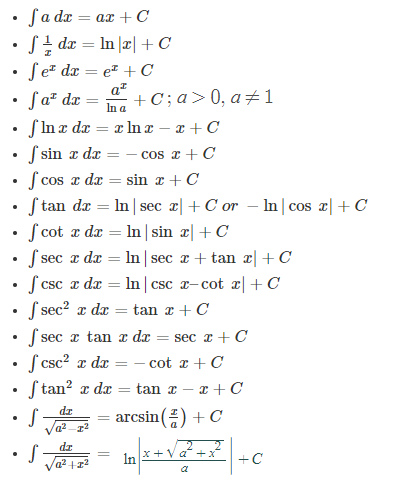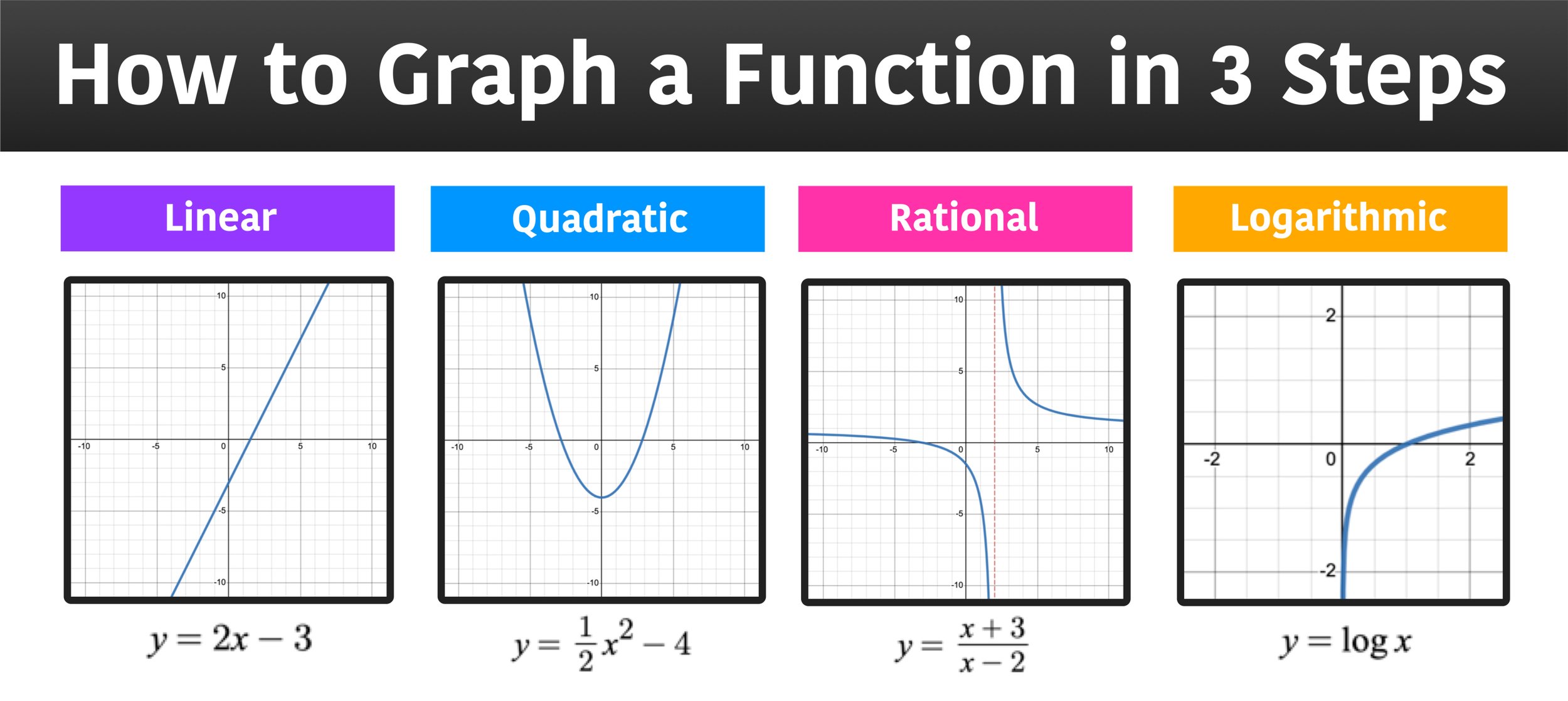
The IB Math Internal Assessment (IA) is a crucial part of your IB Math journey, requiring you to delve into a mathematical exploration of your choice. If you're passionate about calculus and eager to showcase your understanding, here are some dynamic Math IA ideas centered around calculus to inspire you:
Exploring Optimization Problems

Optimization problems are a cornerstone of calculus, with applications in diverse fields. Here are a few IA ideas within this realm:
- Maximizing Volume: Investigate the classic problem of optimizing the volume of a cylindrical can given a fixed surface area. Determine the relationship between the can's dimensions (height and radius) that yields the maximum volume using differentiation and critical points. Discuss the practical implications for packaging design and material efficiency.
- Minimizing Distance: Explore the concept of minimizing distance using calculus. For instance, you could investigate the shortest path a lifeguard could take to reach a swimmer in distress by considering their running speed on sand versus their swimming speed in water. Apply derivatives to find the optimal point for the lifeguard to enter the water.
- Optimizing Area: Consider a scenario where you need to enclose a rectangular area using a fixed length of fencing. Determine the dimensions of the rectangle that maximize the enclosed area. Extend this concept to explore optimization with constraints, such as dividing the area into smaller sections using additional fencing.
Delving into Related Rates

Related rates problems involve finding the rate of change of one quantity with respect to another, given that these quantities are related by an equation. Here are some IA ideas that delve into this fascinating area:
- The Sliding Ladder Problem: A classic related rates problem involves a ladder leaning against a wall. If the ladder's base is pulled away from the wall at a constant rate, investigate how fast the top of the ladder slides down the wall. Use calculus to analyze the relationship between the rates of change of the ladder's height and distance from the wall.
- Inflating Balloon: Explore the relationship between the rate of change of a balloon's volume and its radius as it is being inflated. Assume the balloon maintains a spherical shape. Use calculus to model this relationship and analyze how the rate of change of the radius affects the rate of change of the volume.
- Shadow Length: Investigate how the length of a shadow cast by an object changes as the object moves closer to or farther away from a light source. Use calculus to determine the rate of change of the shadow length with respect to the object's distance from the light source.
Analyzing Real-World Phenomena with Calculus

Calculus provides powerful tools for modeling and analyzing real-world phenomena. Here are some IA ideas that apply calculus to practical situations:
- Population Growth: Investigate models of population growth, such as the logistic function, which incorporates carrying capacity. Analyze how factors like birth rate, death rate, and carrying capacity influence population dynamics over time.
- Spread of Diseases: Explore mathematical models used to study the spread of infectious diseases, such as the SIR (Susceptible-Infected-Recovered) model. Analyze how parameters like infection rate, recovery rate, and initial conditions impact the spread and control of epidemics.
- Motion of a Projectile: Investigate the motion of a projectile, such as a ball thrown vertically or a cannonball launched at an angle. Use calculus to analyze the projectile's velocity, acceleration, maximum height, and range. Consider factors like air resistance and launch angle in your analysis.
Remember to choose an IA topic that genuinely interests you and allows you to demonstrate your understanding of calculus concepts. Clearly state your research question, methodology, and findings in your IA report, and don't hesitate to consult with your teacher for guidance and feedback throughout the process. Good luck!